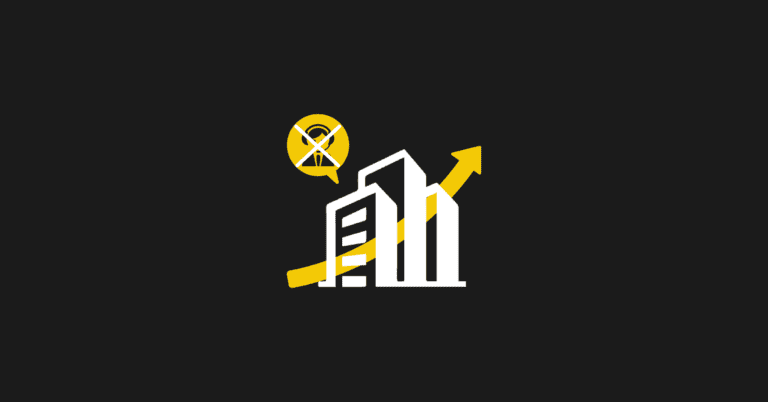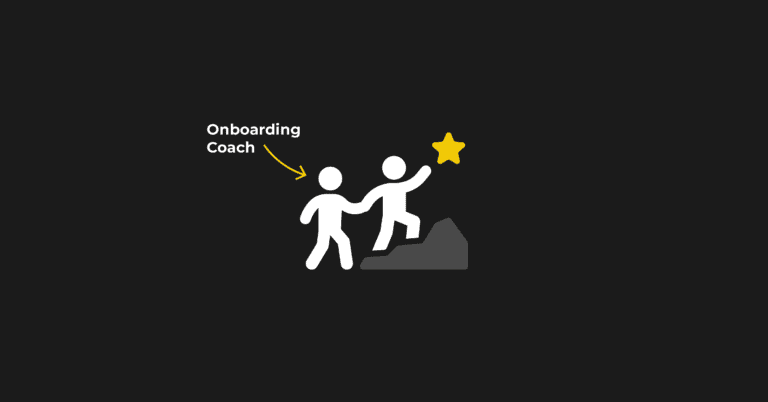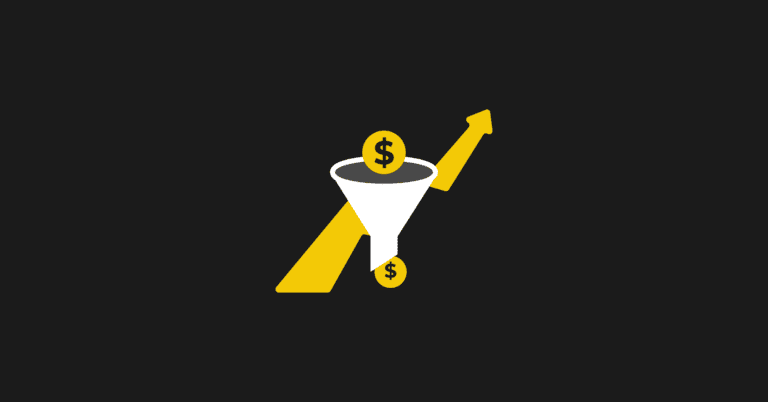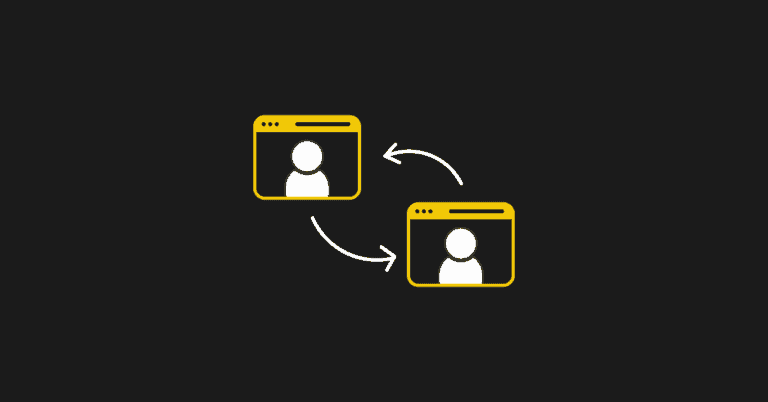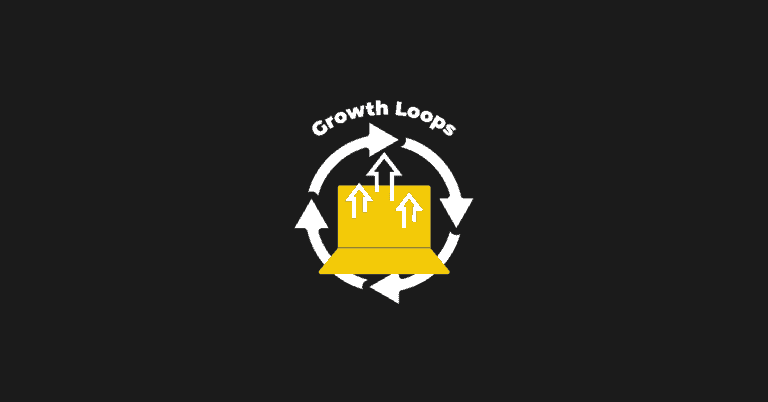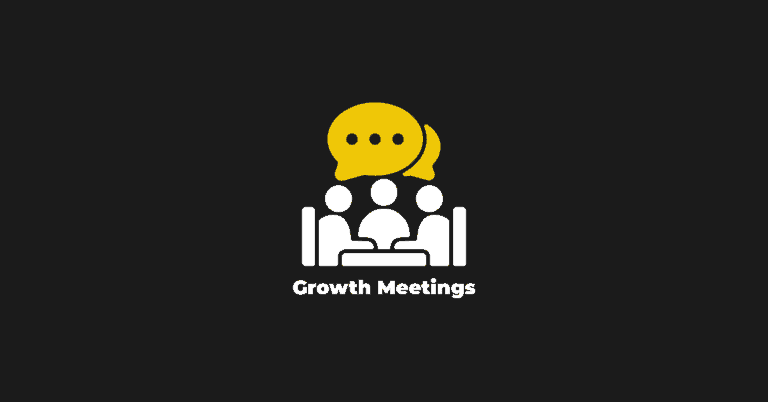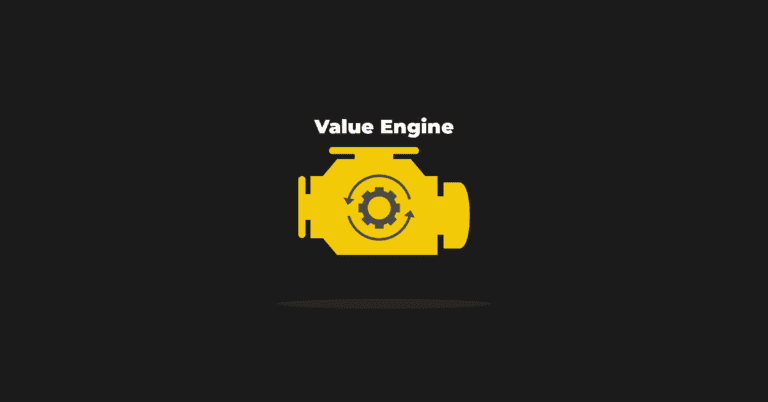Sustainable SEO (search engine optimization) goes beyond achieving high rankings in online searches; it serves as a guiding map for your SaaS product to thrive in a competitive digital market. This approach is rooted in ethical practices and a long-term perspective, ensuring that your product not only stands out but also garners user trust and visibility.
Long-term SEO is a valuable acquisition channel that works for you even after your initial investments have stopped.
But how can you determine if your SEO strategy has lasting power?
This article covers the principles of successful sustainable SEO, placing a strong emphasis on user-centric, product-led growth (PLG) strategies over traditional keyword-based content creation. We'll take a closer look at the advantages of this approach, discuss the six pillars for building a robust, long-term SEO strategy, and touch on emerging SEO trends.
Let's get started.
Benefits of Long-Term SEO in SaaS
Building sustainable SEO in SaaS is crucial for long-term success. By investing in long-term SEO, you can enjoy a range of benefits that will help scale your business.
- Enhanced Organic Traffic: Long-term SEO strategies drive organic traffic to your SaaS product, aligning with the product-led growth approach.
- Improved Brand Visibility: Higher search engine rankings increase brand recognition.
- Cost-Effective: Sustainable SEO yields long-term results without ongoing expenses, unlike paid advertising.
- Established Credibility: Consistent high rankings build trust with users, boosting your SaaS product's appeal.
- Targeted Audience: Sustainable SEO helps attract a highly relevant audience, increasing conversion potential.
Prioritizing long-term SEO is crucial for meeting the needs of SaaS buyers, ensuring your product is visible to those actively seeking solutions.
6 Pillars of Sustainable SEO Strategy
The secret to building sustainable SEO around a SaaS product involves more than just making content for search engines. It's about integrating SEO into your product strategy.
The following six insights shed light on this unique approach:
1. Content doesn't scale well, it's easy to replicate, and it's expensive.
Sustainable SaaS SEO is the idea that you’re building something of value for users. This perceived value brings in quality users that will bring in revenue and grow your business.
Good SaaS SEO will give you the proper visibility, not just visibility.
Many companies use this conventional approach to SEO:
- Identify your product (e.g., selling widgets) and do keyword research.
- Create a long keyword list and hire writers.
- Employ a link builder for guest posts.
- Wait for the results.
However, this approach lacks uniqueness.
Unfortunately, KPIs can be misleading because users are using rankings. And rankings are not clicks.
2. Product-led SEO drives traffic and revenue.
Product-led SEO is the concept of building a valuable product specifically for users. You're not creating content because a keyword research tool tells you to, but you're telling a story about a product users want.
The difference is you're creating a product description that helps people decide whether they want to buy your product instead of a description loaded with keywords.
The idea is to create something that helps users learn something after they have clicked on your website. Beyond driving keywords, you're building something of value.
3. Invest in every facet of your product to ensure enduring success.
Products start with strategies and plans. Instead of inserting keywords into your content based solely on tool recommendations from Google Keyword Planner, Ahrefs, or SEMrush, prioritize keyword usage as a fundamental element within the following inputs:
- Product-Led Content Marketing
- Engineering
- Design
- Database
Anytime you build a product, you start with a strategy or plan to help your company target a specific topic.
The critical question is: How does the content you create work with the rest of your inputs?
Commit to investing in all aspects of your product for lasting success.
4. Focus on the user before metrics.
When beginning a SaaS SEO initiative, a clear strategy and end goal are crucial.
Instead of jumping straight into content creation, start by asking these "Why" questions:
- Why should this blog post exist?
- Why should I write content for that keyword?
- Why does this content help my users?
Shift your focus to users, not just metrics.
You can build a sustainable SEO strategy prioritizing human input by:
Conducting Surveys
Ask questions to existing users, other people's users, and even people on the street to find out what they want in your vertical. How will they find your product? What do they expect once they find it?
Leverage Customer Data
Get ideas of what people want, what they're looking for, and their expectations once they locate it. If you have existing customers, they will tell you.
Tap Into Customer Support
Your customer success and support team can provide exceptional insights, especially during drop-offs or user concerns.
Remember that content should always be created for the users, not for keyword metrics or tools.
5. Don't forget about branded content.
Think conversion, not search volume.
If people are searching for your brand's price or contact information, don't ignore that query because the volume is low. This is where you could potentially lose a customer to a competitor.
For many marketers, branded content isn't considered very sexy because of the low search volume.
However, conversion rates tend to be much higher.
If you think about your brand versus another brand, think of how you can create brand recognition associated with your product. What queries could potentially lead users to your competitor's site?
How to Generate Ideas for Brand Queries
To generate ideas around your brand queries, try the following:
- Use search suggestions. Put your SaaS product in a keyword search box and look for the queries. If you don't rank for those queries, fix that immediately.
- Build content for all related queries. If there are any related queries that you don't currently rank on and don't now have content, create content for that.
- Create competitor comparisons. Create content addressing product comparisons with your competitors. If you don't have content, check out Reddit or Quora.
- Data mine Google Search Console. Look at any query that shows your brand and make sure the content fits.
- CTR Optimize all your titles. Look at anything related to your brand. If you want to be the official brand, don't try to stuff non-branded keywords in your title tags, but engage valuable material.
6. Find your blue ocean and go from there.
There's no one-size-fits-all product marketing strategy.
Blue ocean companies focus on creating new market spaces, while red ocean companies are all about competing in existing markets.
You can always find a blue ocean in SaaS SEO.
By talking to your users, using surveys or customer support, you will always find what your blue ocean is.
If you haven't found your blue ocean, you simply try to compete against your competitors by creating better content for the same keywords.
As you work on your blue ocean, aim for it to be programmatic and scalable.
Red Ocean vs Blue Ocean Example
A Red Ocean could be a taxi service that wants to compete against other taxi services, perhaps with lower prices or more comfortable cars.
A Blue Ocean is if you blow the whole thing out of the water and say, “forget taxis,” and create Uber.
Data-Driven SEO for Sustainable Results
Data is king in the age of digital marketing. It's not enough to create quality content and hope for the best. To achieve sustainable SEO, you need to leverage data analysis to refine your strategies continually.
Here are some ideas of data you can steal to build out scalable and programmatic, blue ocean, product-led, programmatic SEO:
- Government Resources: Most government-produced content found on government websites is typically not very accessible.
- PDFs: Information locked away that people can't necessarily find, especially price-driven information.
- Price-Driven Content: People are always looking for prices.
- Many Granular Details: One example is people looking for the cost of medical procedures and then combining them with typical reimbursement rates. Anything combining multiple data sets that aren't readily available to the public.
Product-led SEO is about combining traffic and revenue. It’s about going beyond the search engine or tricking the algorithm. By focusing on the user, your content will fit into your design and architecture, creating valuable traffic that keeps users engaged and, in turn, drives revenue.
Future Trends in Sustainable SEO
SaaS companies must be aware of and adapt to emerging trends shaping the future of SEO and successful product strategies. Here are a few trends that are poised to define the SEO landscape in the coming years:
- Leveraging AI Tools: To stay competitive, businesses should leverage AI for content creation, user experience optimization, and predictive analytics.
- Product and Brand Authority: Building your brand's authority and trustworthiness through high-quality, well-researched content and expert contributors is essential for future SEO success.
- User Experience Optimization: Search engines are increasingly factoring in user experience metrics when ranking websites. Optimizing elements such as your website's loading speed, UX feature, mobile compatibility, etc, are becoming critical ranking factors.
- Content Quality and Relevance: While this is not a new trend, the importance of high-quality, relevant content will continue to grow. Search engines are becoming better at recognizing content quality, and SaaS companies that invest in producing valuable, informative, and up-to-date content will see long-term SEO benefits.
If you're a SaaS founder, you might be pondering how to seamlessly integrate sustainable SEO practices into your product strategy. Elevate your PLG growth and overcome plateaus with The ProductLed GTM System™. In this system, our founder, Wes Bush, will walk you through nine essential components that enable predictable and profitable growth, whether you're running a 7-figure company or just getting started. And yes, it's completely free!
Alternatively, if you prefer to have a coach assist you in implementing these components into your business, be sure to explore ProductLed Academy.



